Unmasking Isla Vista: Testing & Vaccines
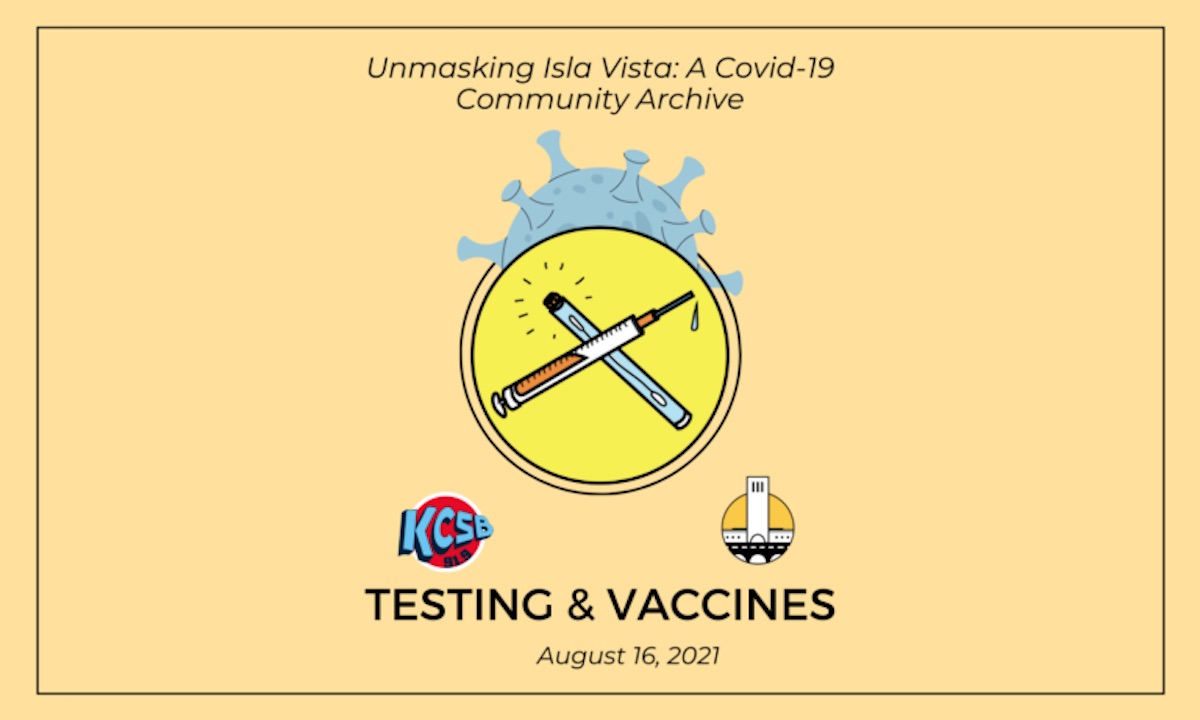
This story first appeared at the Daily Nexus.
[This article can be accessed as both a podcast and a KCSB newsletter. Please visit our landing page to learn more about this project].
Over the course of the COVID-19 pandemic, both the Santa Barbara County Public Health Department and UC Santa Barbara tried to mitigate the spread of the virus within Isla Vista and the county as a whole through utilizing testing sites and expediting the vaccine rollout.
As of July 16, 38% of individuals between ages 16 and 29 within the whole county remain unvaccinated. As of July 26, the 93117 zip code — which includes Isla Vista, Goleta, Gaviota, Naples and Capitan — has the sixth lowest vaccination rate in the county out of 22 zip codes at 54.1%. Out of 53,768 zip code residents, 24,696 residents are unvaccinated.

UCSB Medical Director Ali Javanbakht said that responding to the pandemic by keeping students and faculty safe was initially difficult because of the lack of information about the virus at the time.
“The university’s top priority always is keeping students, faculty, staff safe. So, as the pandemic hit, and there [were] a lot of unknowns about it, we just had to work with the information that we had,” Javanbakht said. “That information initially was about transmission and how to prevent it.”
Initially, the university — along with the rest of the U.S. — thought transmission mostly occurred through aerosols and surfaces. As more information became available, the university modified its initiatives and messaging to reflect updated knowledge, Javanbakht said.
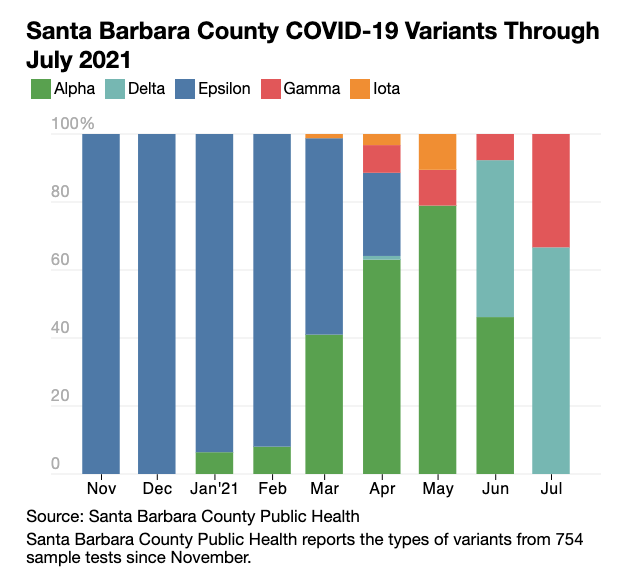
One of the county’s first COVID-19 outbreaks occurred in I.V., which Santa Barbara County Public Health Department (SBCPHD) Director Van Do-Reynoso remembers “as the kickoff for the pandemic.”
“I recall being really nervous about it because it was among our students. I knew that given the high mobility of the student population that it would be somewhat of a challenge mitigating the outbreak,” Do-Reynoso said.
“But I was very pleasantly surprised because, quickly, we were able to engage UCSB leadership as well as their medical director, county leadership, public health staff in really doing a comprehensive case investigation, contact tracing and then issuing the appropriate health officer orders, and providing supportive services so that the cluster of the initial students who were infected maintain only within that circle,” she continued.
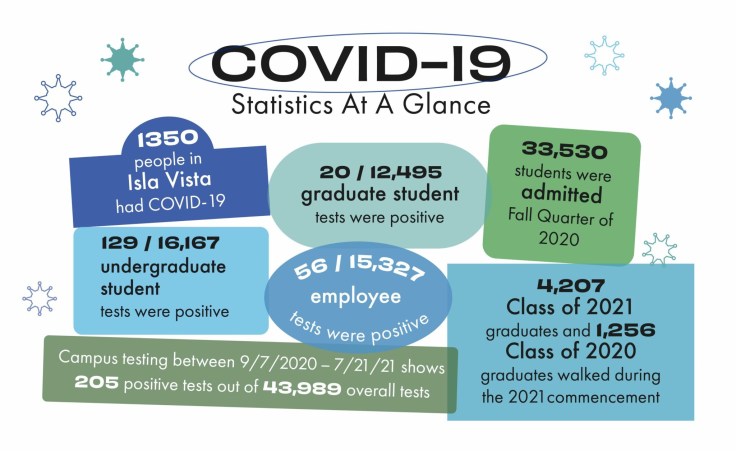
While SBCPHD continued to look at how to mitigate the spread of COVID-19 in I.V., Javanbakht said the solution was a UCSB group effort operating with a multidisciplinary approach.
“For example, Student Health was one of those entities; we had to be open, we had to have some in-person services so we had to work on, ‘What can we do in person, what can we do through telehealth and how do we allow people to come into the building, move through the building to get the care they need while trying to keep everybody safe?’” Javanbakht said.
“It was a big effort with multiple people involved across multiple departments with varying different degrees of expertise, and that all had to be very flexible and adaptable as more information and new information came out to really stay on top of the latest to keep everybody safe,” he continued.
Testing in I.V. was initially difficult for community members to access, Do-Reynoso said. The I.V. Theater testing site — which was originally only a pop-up and later became permanent — was tailored to fit the convenience of I.V. residents.

“We really worked with the community to find out the most convenient time for I.V. and what would be ideal,” Do-Reynoso said. “The testing on the weekends, testing later in the day and [with] no registration needed because we found out that it was difficult for I.V. community members to register for tests, to schedule an appointment, so we [moved] to a no-appointment-necessary system.”
As interest in testing waned, I.V. Theater closed its testing operations in Spring Quarter 2021. Do-Reynoso said that for the period of time that I.V. Theater was open to the public for testing, it “served its purpose in keeping I.V. safer.”
UCSB mandated weekly testing and daily screening symptom tests for all students, faculty and staff who were living in campus housing or working on campus. UCSB provided testing at Loma Pelona Center and in the Linda Vista Room at Santa Catalina Residence Hall.

Reflecting on the challenge of addressing COVID-19 in I.V., Public Health Officer Henning Ansorg recalled that part of the difficulty in mitigating the spread of COVID-19 in Isla Vista was tracking down students with positive test results.
“I found it challenging that many students obviously had a home address somewhere else. We wouldn’t get the reports in a timely manner because reports of the positive COVID tests go to the county to the public health department of the county of residence,” Ansorg said. “If this student was registered somewhere in San Francisco or in San Diego, we wouldn’t know about it, and that was really a little bit concerning to me that we underestimated what was going on.”
According to Javanbakht, one of the university’s successes in addressing the effects of the pandemic locally was “creat[ing] a public health department from scratch.”
“We are Student Health. We take care of students. We don’t do pandemic response, but we had to step into that role,” Javanbakht said.
The pandemic didn’t hit I.V. hard for the first few months — in fact, Do-Reynoso described the initial impact as “fairly benign, with the expected spikes.” But, the winter surge in cases did not leave the town unscathed either. Do-Reynoso said that in November and December 2020, cases in I.V. were quite minimal with active cases as low as 13. That number increased by more than nine times come January.
“On January 25, we saw the highest [cases] at 122. That was quite alarming, and so we were very concerned,” Do-Reynoso said. “And that was the beginning of really buckling down and working with UCSB leadership on really containing what was happening in Isla Vista, and we also engaged [Santa Barbara City College (SBCC)] as well.”
As of July 30, there are 24 active cases of COVID-19 in I.V.
Sign up for Indy Today to receive fresh news from Independent.com, in your inbox, every morning.
Do-Reynoso said that the high-density living situations and high levels of mobility in I.V. made containing the spread of the virus difficult at times.
“Isla Vista has a lot of high-density living situations. And so when you have a high-density living situation, the propagation, the spread of disease, it’s a lot faster because of the inability to safely isolate, safely quarantine. So, that was also a challenge,” Do-Reynoso said. “The last challenge would be the mobility is largely a college town, so with that comes a lot of social opportunities to hang out, and there were periods in the pandemic when hanging out with a lot of your friends in a big group was not necessarily the safest and getting that message out and getting adherence to that messaging was sometimes challenging as well.”
But I.V., which is populated by students but not controlled by the university, and is unincorporated and therefore under county control, shuffled through different jurisdictions of authority over the pandemic. As a part of the university, Javanbakht said Student Health had little to no control over how I.V. responded to the pandemic.
“Isla Vista was one of those areas that really made a lot of us worry a lot, because we have people in close quarters. And it could really be a setup for rapid spread of the disease and major outbreak,” Javanbakht said. “We as university faculty, staff have really no jurisdiction, no say, no control over what happens in Isla Vista. Do they have signs up, are they requiring people to wear a mask, are they putting in markers to keep six-feet distances, any of that being enforced? We had no say in that so the best we could do is educate as much as we could and hope that people will follow those instructions.”
Javanbakht said that although there was fear of many students being admitted into Student Health and local hospitals from COVID-19, very few infected individuals required hospitalizations, and no UCSB student in I.V. passed away from COVID-19.
When responding to rising case numbers in I.V., Do-Reynoso said that SBCPHD was aware that utilizing law enforcement to address large gatherings “was not necessarily the best route to go.” Instead, she said, public health utilized the county’s community health ambassador program to conduct outreach and education.
“We deployed outreach and education ambassadors at the county level and worked with the community to do signage, worked with the shops around I.V. to adhere to social distancing, masking. And so I think that those collaborative educational initiatives worked well,” Do-Reynoso said. “We saw after the initial spike, the downward trajectory occurred. And so I can say that the collaborative efforts and the educational and outreach efforts really, really [were] successful.”
Do-Reynoso described the partnership with UCSB and SBCC as a “top success” in combating the pandemic in I.V. The meeting group consisted of public health, UCSB leaders, SBCC leaders, 3rd District Supervisor Joan Hartmann, the county executive office, the I.V. Community Services District (IVCSD) and Goleta city leaders.
“For quite a few months every other week, we met for an hour, we strategized on how to get more of the I.V. community tested. We talked about what major parties are coming up,” Do-Reynoso said. “We talked about access to vaccines. So, I think that the No. 1 success was the partnership that we had with the two academic institutions, as well as the student population. I think that the community was always engaged.”
UCSB and SBCPHD also partnered to detect variants circulating in the county from various testing samples. People who got tested for COVID-19 in the county could opt in for their test to be analyzed by the university.

Do-Reynoso spoke to why many college-aged students are reluctant to get the vaccine, a trend she attributed to “the attitude of, ‘I’m young, I’m healthy, I’m invincible,’” as well as not wanting to deal with potential side effects of the vaccine.
“I.V. falls within the 93117 zip code, and the 93117 zip code does have a high vaccination rate, but if you zoom in on pockets or neighborhoods in the 93117, we see that a large portion of Isla Vista is not vaccinated, and there’s definitely room for improvement. And so I think that that’s a missed opportunity,” Do-Reynoso said.
Do-Reynoso added that SBCPHD’s partnership with Cottage Health was one way it tried to increase vaccination numbers in I.V. As a result of Cottage Health opening its drive-thru vaccination site to bikers and walkers, the vaccination process became easier for I.V. residents who didn’t own vehicles. In addition, as summer was approaching, public health partnered with the university, Greek Life and IVCSD to bring mobile vaccination clinics to I.V.
Though cases have decreased since the winter surge, there are still some rules and guidances both public health and the state has requested people continue to follow.

Do-Reynoso said that she hopes the UC’s vaccine mandate will increase vaccination numbers within that age range. Despite public health’s partnership with UCSB and SBCC, Do-Reynoso said that I.V. community interest in vaccinations has waned.
“We wish that there had been more of an interest to partner with the Public Health Department. We’ve always been ready to host or to do mobile vaccine clinics, but I think that the interest waned as we came closer to the end of the school year,” Do-Reynoso said. “Until now, the interest has really not resumed in us being in I.V. to have a vaccination clinic.”
Looking forward to Fall Quarter 2021, Do-Reynoso said that she is concerned about the high volume of people returning to I.V. Public health is working with UCSB to ensure that students have vaccines readily available to them prior to returning to campus.
“I am worried with students returning to dorms, with students returning to shared housing in a high-density situation that the spread of COVID-19 could take off,” Do-Reynoso said. “I’m going to be very nervous if we don’t see upwards of 75 to 80% vaccination rate.”
According to UCSB spokesperson Andrea Estrada, as of July 24, 83.2% of CA resident students planning on attending UCSB during Fall Quarter 2021 are fully vaccinated or partially vaccinated. That percentage excludes out-of-state and international students. The university also does not have the complete information of all first-year and transfer students regardless of their state of residence.
Javanbakht said that preparing for fall quarter on the university side of things is fairly complicated because they have to consider unvaccinated students as well. Features to help with managing viral spread include hand sanitizers, a badge system that communicates if a student is cleared to enter a campus building and more.
Do-Reynoso encouraged I.V. community members to get vaccinated because of the high-density living conditions in the college town.
“Isla Vista will continue to be a high-density living environment. And it is so critically important for people living in I.V., I think even more than anywhere else, to seize the opportunity to get vaccinated if they are not [vaccinated] already,” Do-Reynoso said.
“I think that there is misinformation or false sense of security because of your age if you fall under, say, 30, but that is simply not true. You are not immune because you are young. You are not immune because you are healthy. You are only immune if you are vaccinated.”

At the Santa Barbara Independent, our staff continues to cover every aspect of the COVID-19 pandemic. Support the important work we do by making a

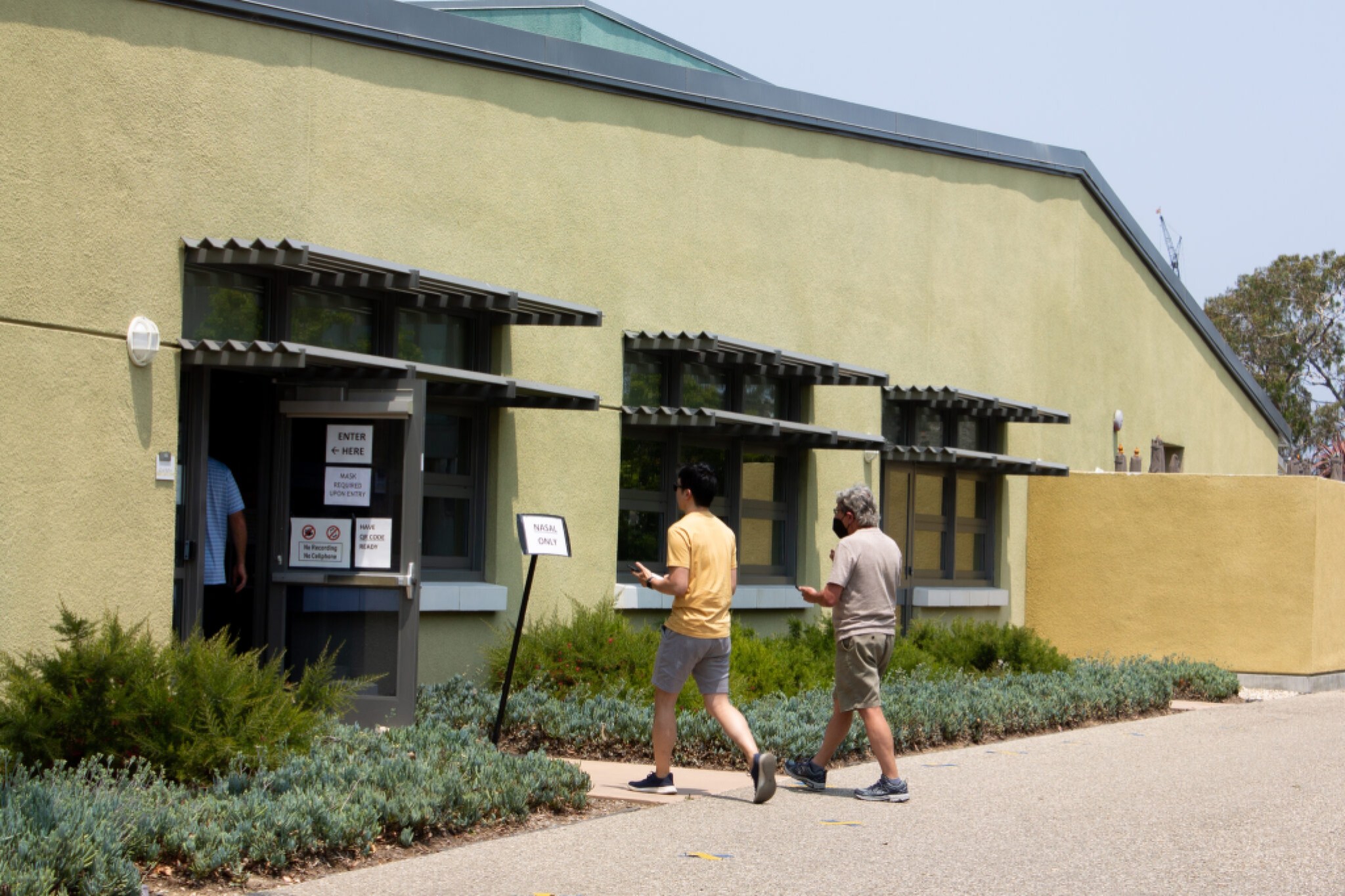
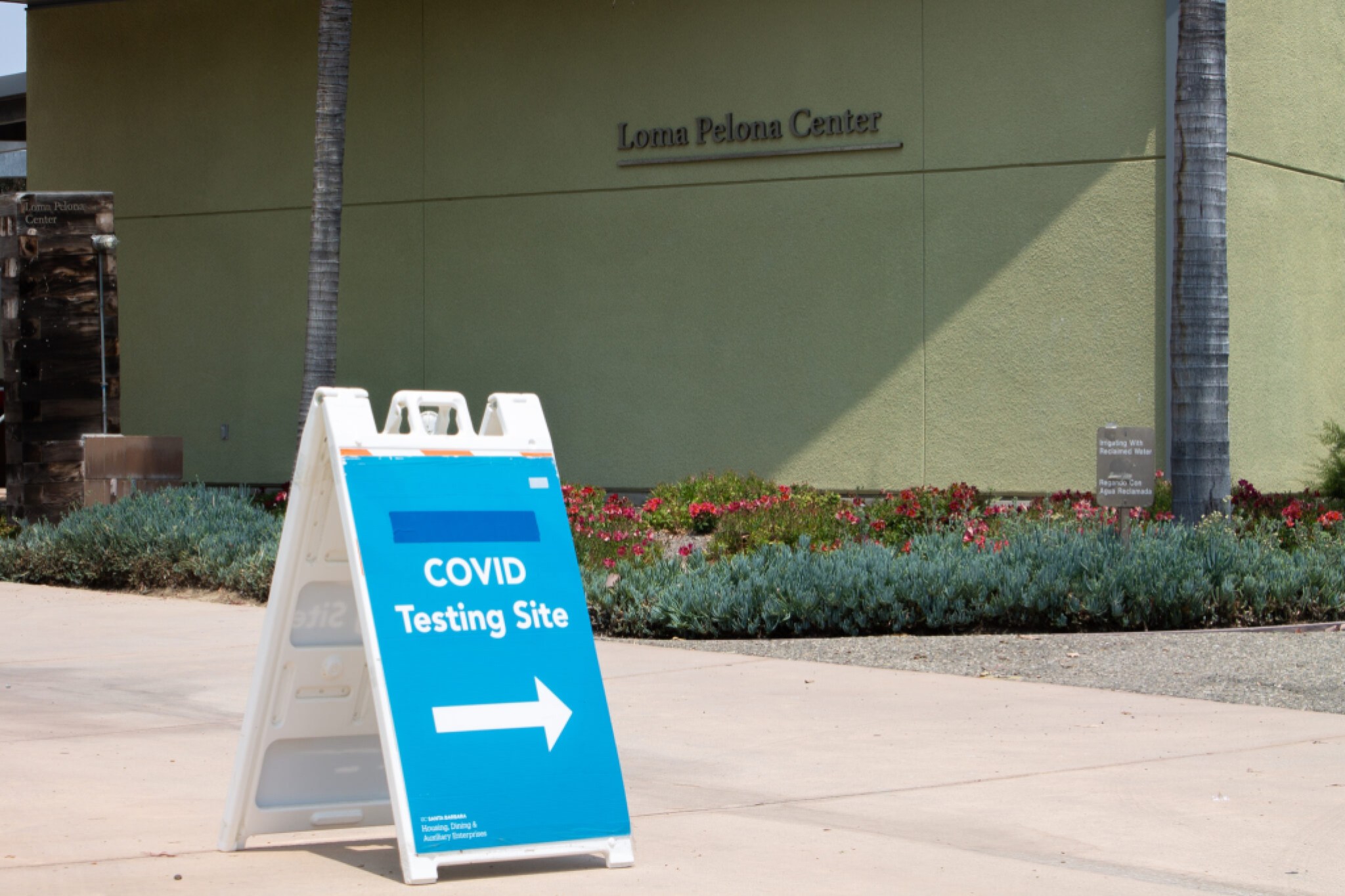
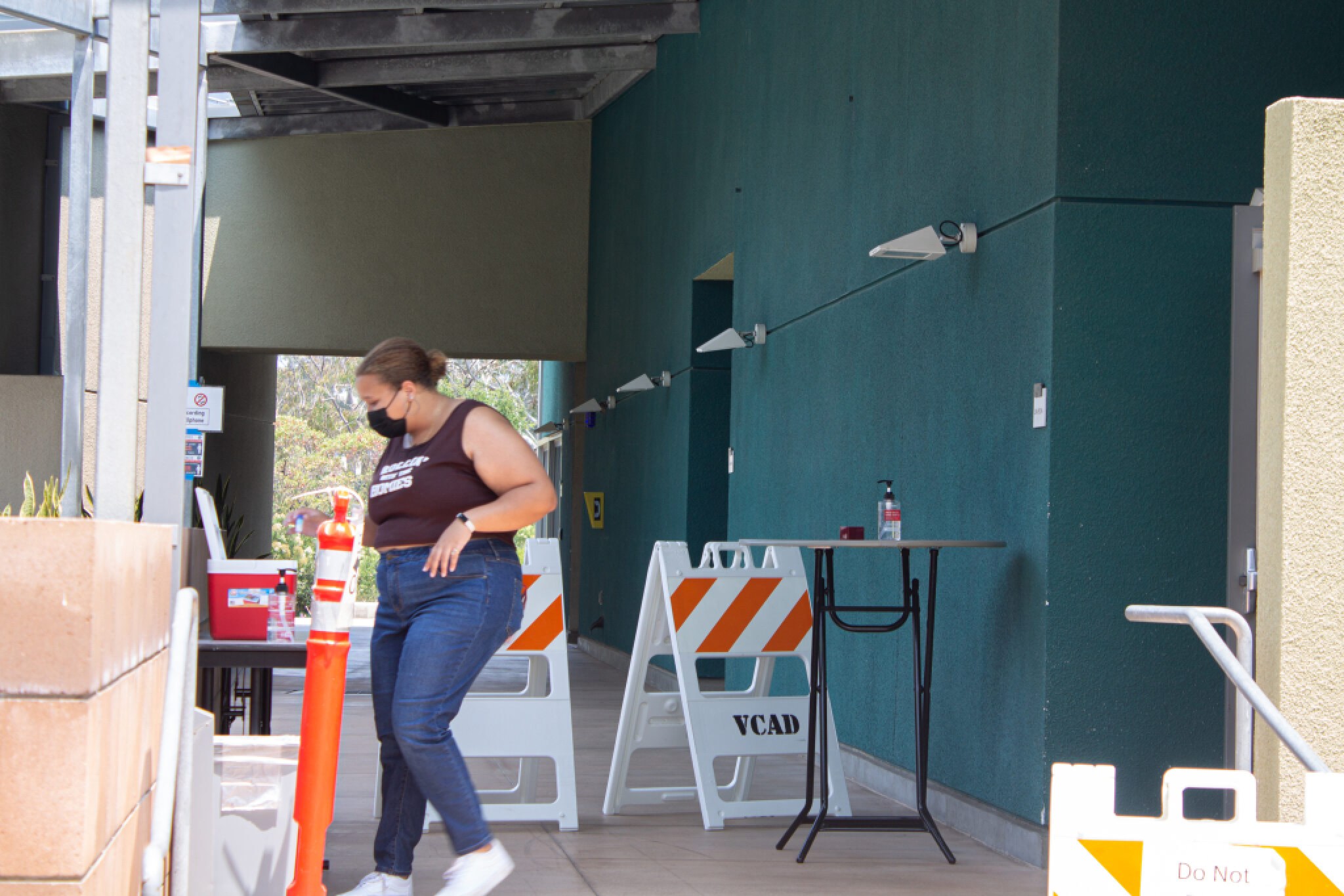

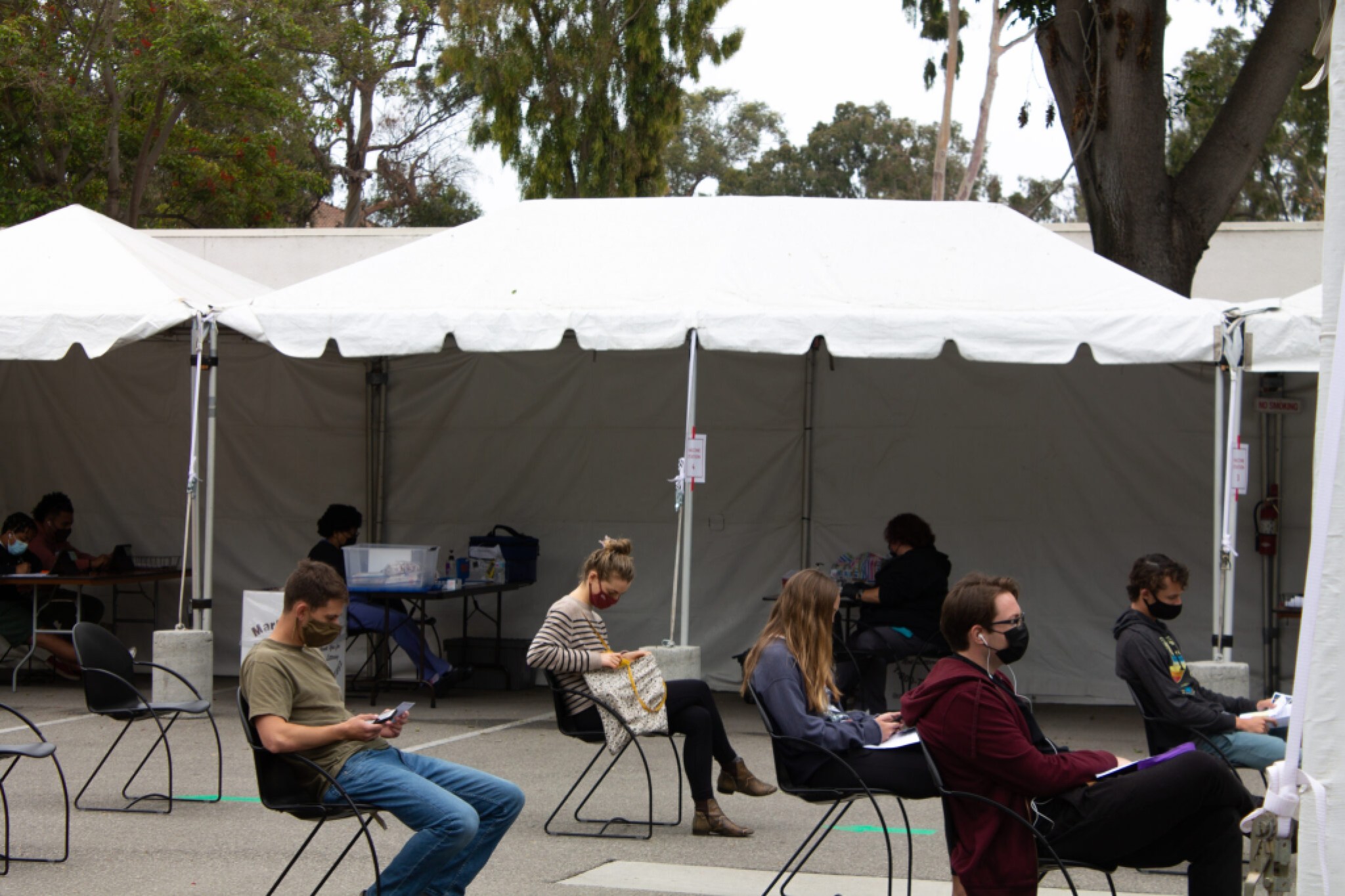
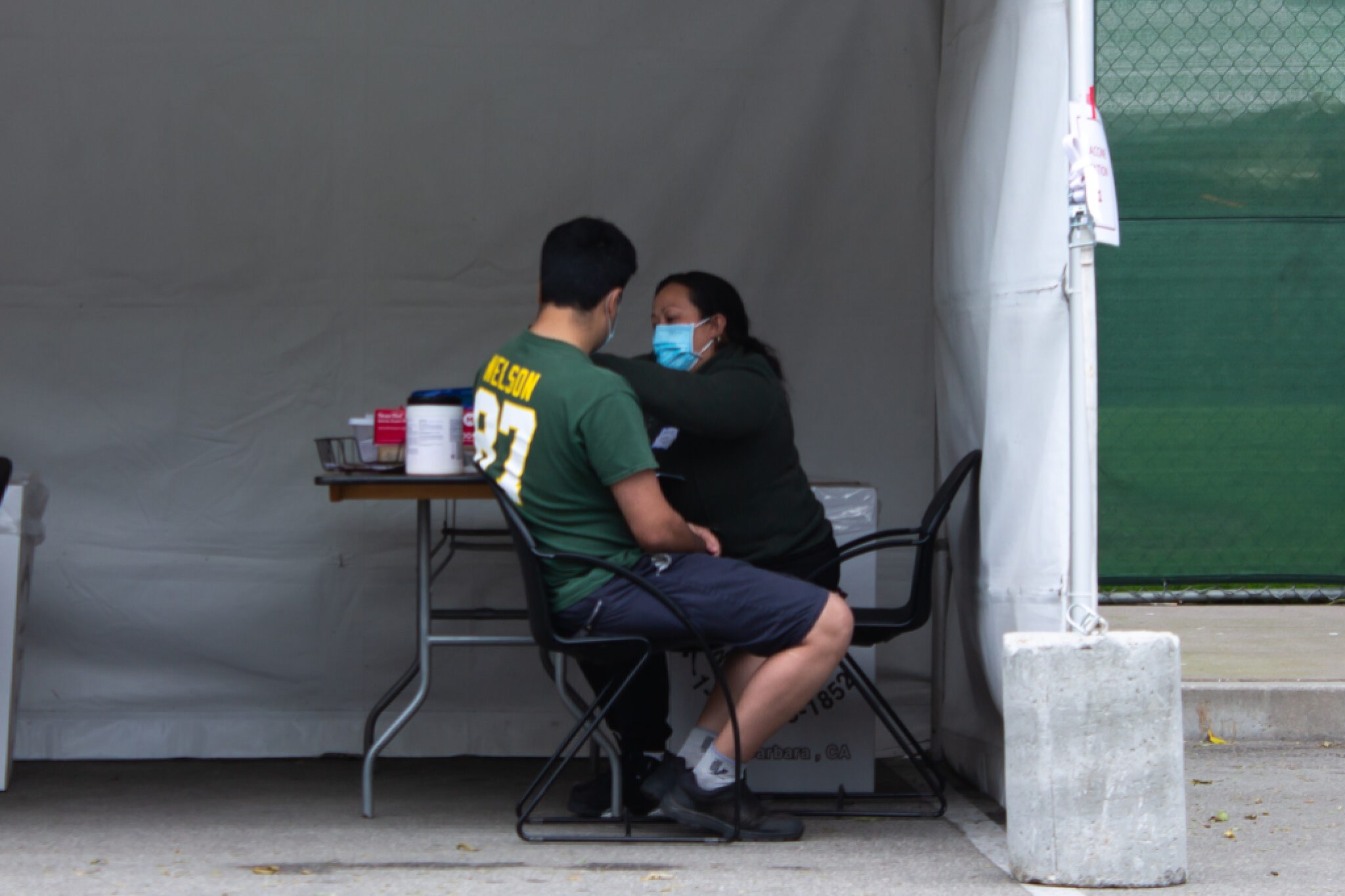
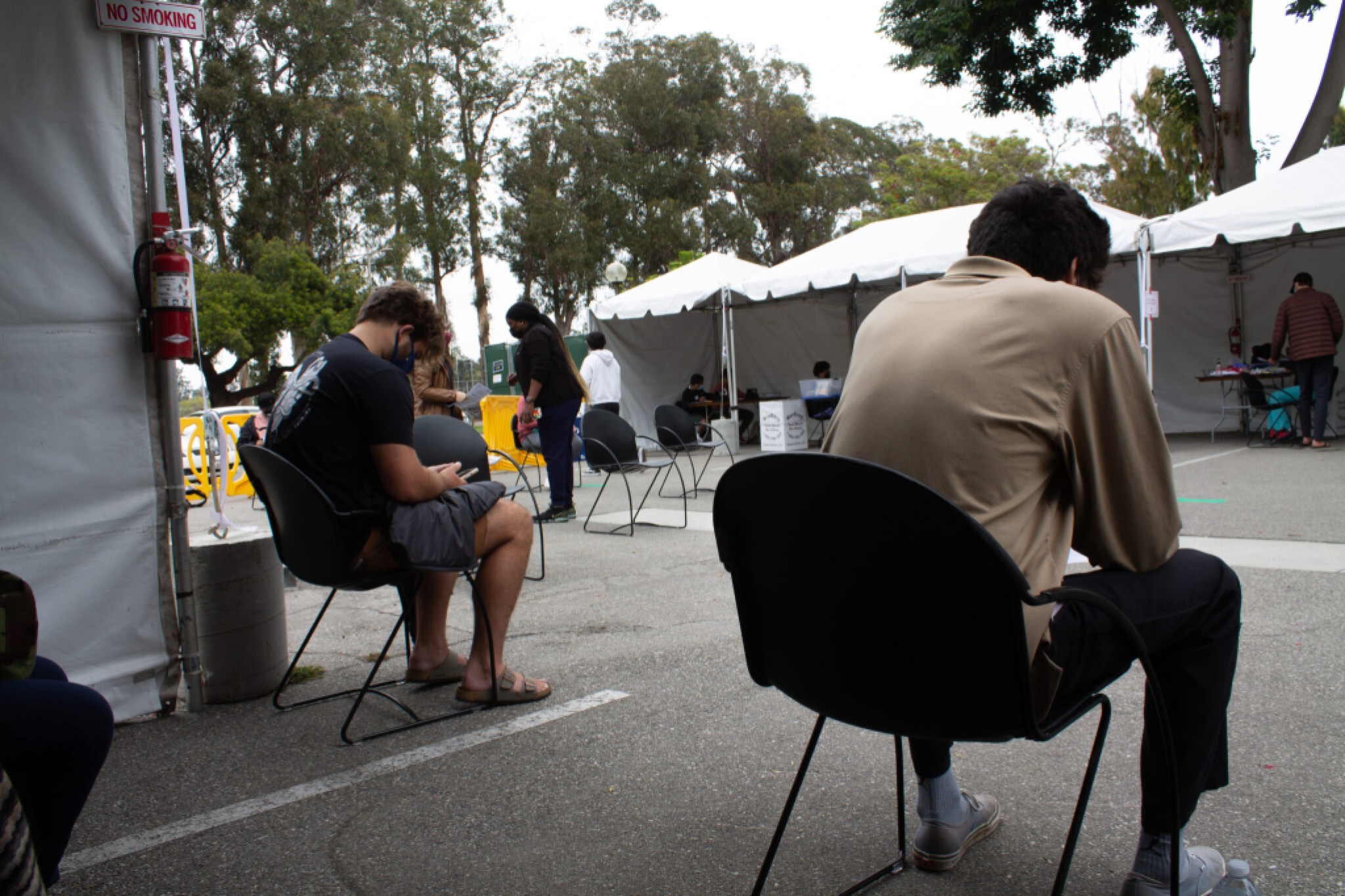
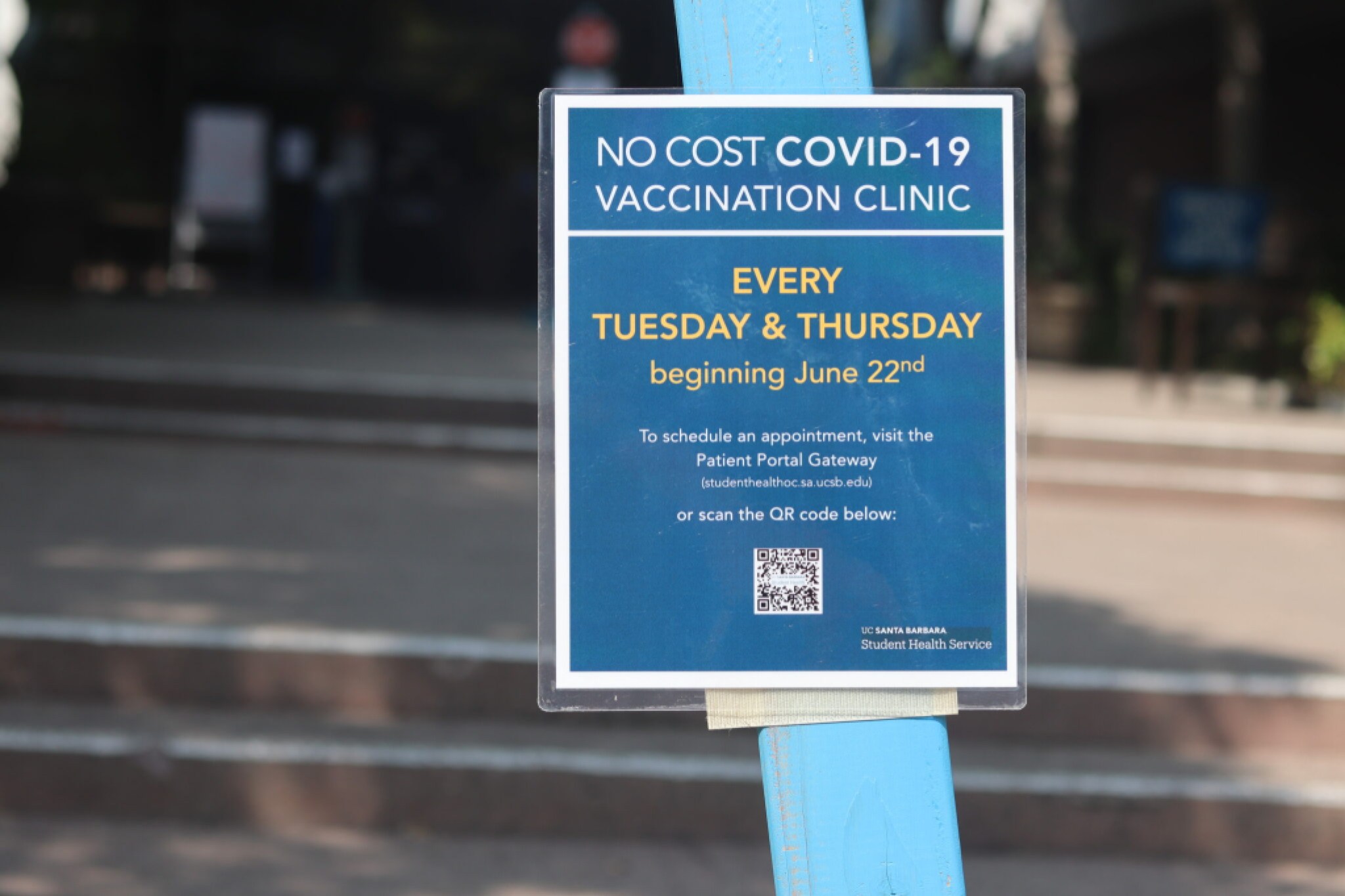
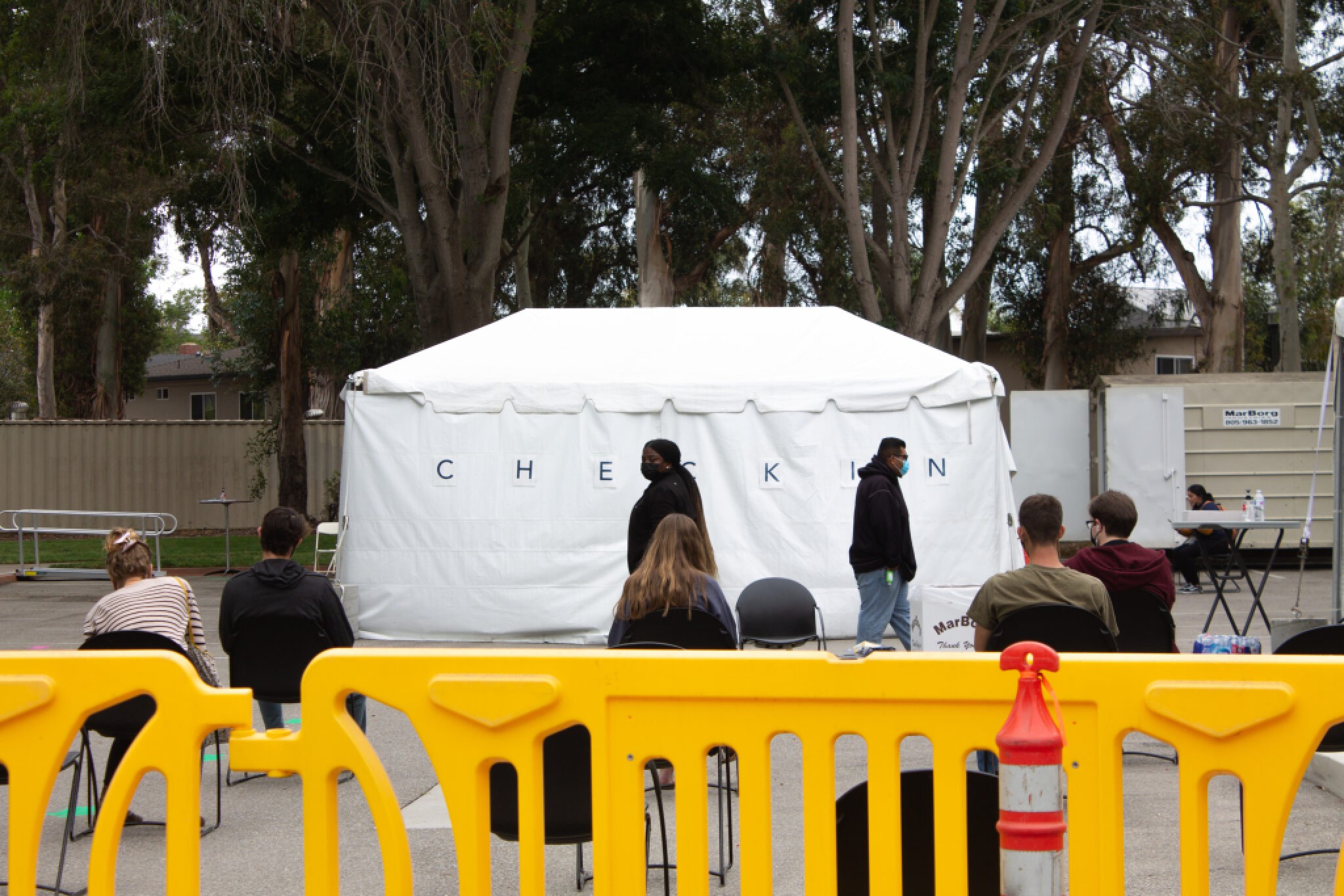


You must be logged in to post a comment.